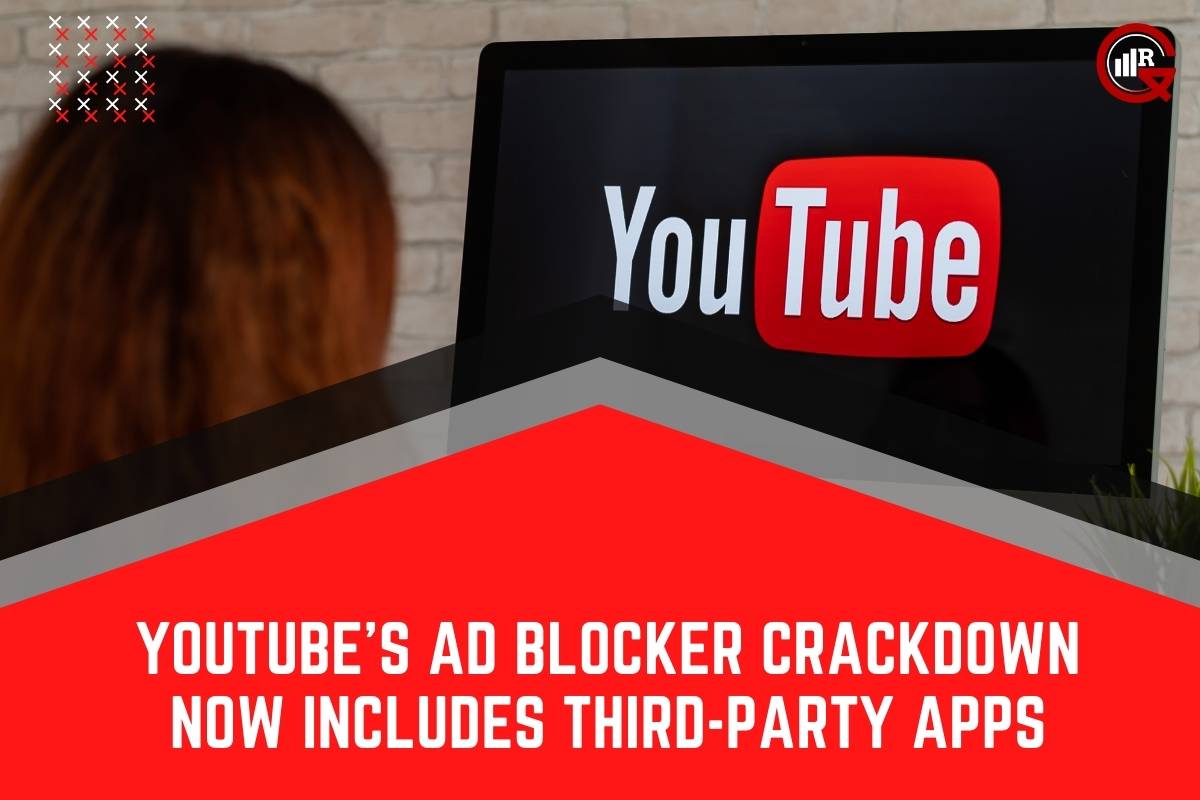YouTube is escalating its battle against ad blockers by extending its crackdown to mobile devices. In a recent update, YouTube announced that users accessing videos through third-party ad-blocking apps on mobile may experience buffering issues or encounter an error message stating, “The following content is not available on this app.”
This move follows YouTube’s global initiative last year to persuade users to either enable ads or upgrade to YouTube Premium. Additionally, YouTube began disabling videos for users utilizing ad-blocking extensions.
The rationale behind YouTube’s latest action is its policy against allowing third-party apps to disable ads, as it prevents creators from being adequately rewarded for their content. The targeted block is aimed at third-party apps utilizing YouTube’s API to provide uninterrupted video playback. However, AdGuard claims that its app remains unaffected as it does not rely on YouTube’s API.
“We only permit third-party apps to utilize our API under our API Services Terms of Service,” YouTube states. “When we identify an app violating these terms, we will take necessary measures to safeguard our platform, creators, and viewers.” To circumvent this restriction, YouTube once again recommends users subscribe to YouTube Premium for an ad-free experience.
YouTube’s unwavering stance in its fight against ad blockers
While this announcement may not be well-received by users accustomed to watching YouTube through ad-blocking apps, it demonstrates YouTube’s unwavering stance in its fight against ad blockers. Despite potential backlash from some users, YouTube appears resolute in its commitment to uphold its policies and support creators by ensuring fair compensation for their content.
The decision underscores the ongoing tug-of-war between content platforms and users seeking to avoid advertisements. As YouTube intensifies its efforts to curb ad blocking, it raises questions about the future landscape of online advertising and user engagement.
Ultimately, YouTube’s enforcement actions serve as a reminder of the complex dynamics between content providers, advertisers, and viewers in the digital age. As the battle against ad blockers continues to unfold, stakeholders across the digital ecosystem must navigate evolving challenges while striving to strike a balance between profitability and user experience.
The company terminated one of the most popular third-party apps
YouTube has been taking action against third-party applications, which often facilitate ad blocking on the platform. Notably, the company terminated one of the most popular third-party apps, “YouTube Vanced,” in 2022. Despite this, new alternatives quickly emerged due to Vanced’s open-source nature. Vanced essentially modifies the official YouTube Android client by installing an alternative version equipped with various patches. This enables users to access YouTube Premium features such as ad-blocking, background playback, and downloading content without a Premium subscription. Additionally, Vanced introduces features not available in the official app, including additional themes, accessibility features, “repeat” and “dislike” buttons, and the ability to disable intrusive “suggestions” that inundate the app interface.






